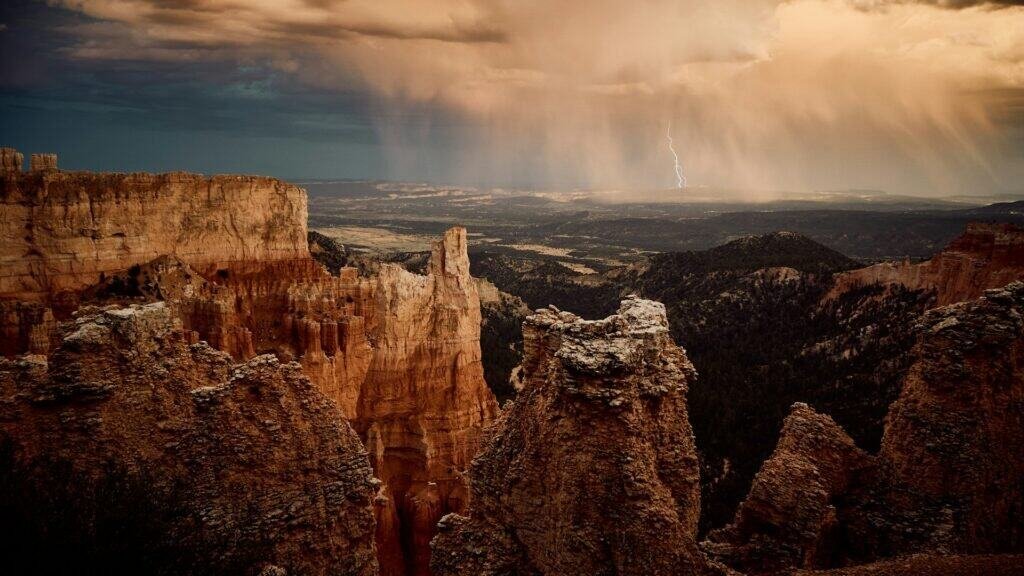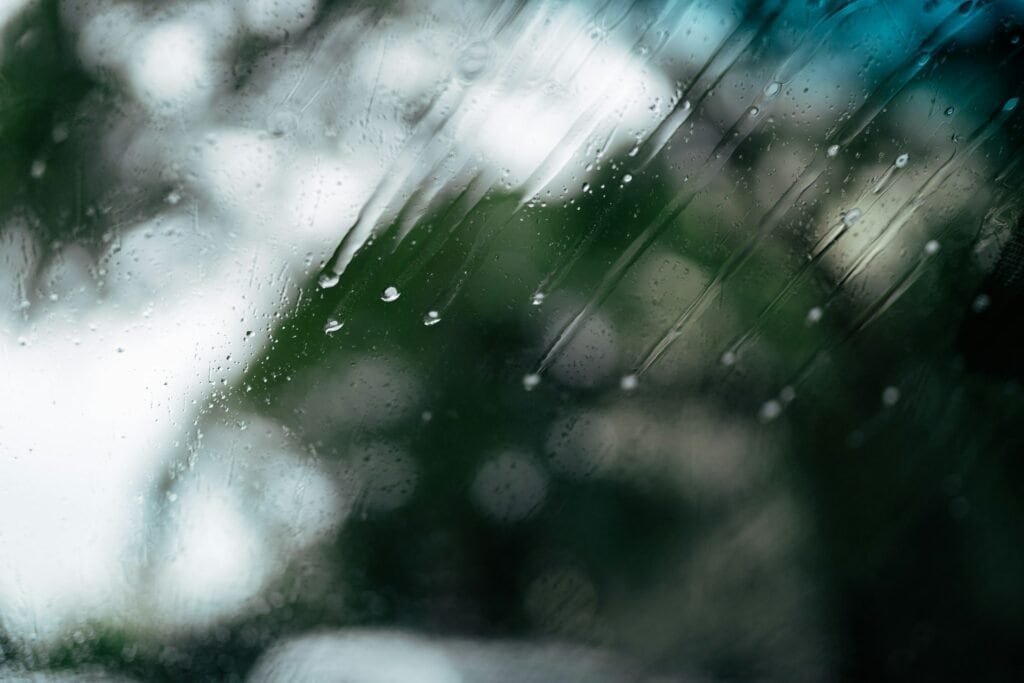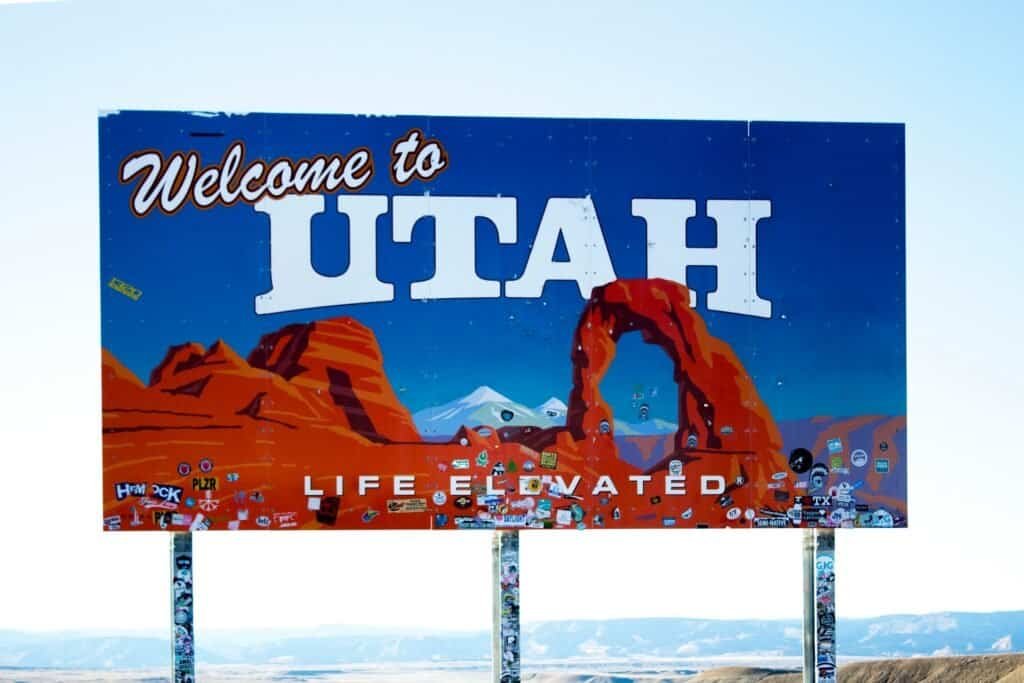In Utah, the act of collecting rainwater is governed by state laws that strive to balance individual rights with environmental stewardship. Unlike in some of the 48 states where rainwater harvesting is either not regulated or broadly encouraged, Utah has specific statutes in place. While it is not outright illegal to collect rainwater in Utah, there are regulations that must be followed. According to the Utah Code, residents are permitted to collect rainwater for outdoor use provided they adhere to the stipulated maximum storage capacity and use appropriate storage containers. This practice is allowed on a parcel of land where the rainwater that falls is captured. However, states have restrictions, and it’s essential to understand Utah’s unique position on this matter.
Unraveling the Legalities of Rainwater Collection in Utah
Understanding the legalities of rainwater collection in Utah is crucial for homeowners and environmental enthusiasts alike. The state’s regulations offer a framework that allows for the capture and use of rain that falls on one’s property, provided certain conditions are met. These conditions include limitations on the amount of rainwater that can be collected and the means by which it is stored and used.
For those interested in harnessing this natural resource, knowledge of the law is power. It ensures that individuals can engage in rainwater collection without running afoul of the law. Moreover, compliance with these regulations not only benefits the individual but also supports the broader goals of water conservation and management in the state.
HB 32: The Legal Framework for Rainwater Collection
House Bill 32, enacted by the Utah legislature, serves as the cornerstone of the legal framework for rainwater collection in the state. This legislation outlines the specifics of how residents can legally capture and store rainwater. HB 32 stipulates the criteria for legal collection, including the types of storage containers permissible and the maximum storage capacity allowed for both registered and unregistered rainwater harvesting systems.
Under HB 32, residents can collect rainwater from their rooftops and store it in containers for later use. This law reflects Utah’s recognition of the value of rainwater harvesting and its potential to contribute to the state’s water resources. Compliance with the regulations set forth in HB 32 is vital for any Utahn considering the collection of rainwater on their parcel of land.

Compliance and Non-Compliance: Legal Implications
Compliance with Utah’s rainwater collection laws is essential for avoiding legal repercussions. As of 2023, residents who wish to engage in rainwater harvesting must ensure their systems meet the state’s guidelines. These include registering larger collection systems and adhering to the limits on storage capacity. Understanding these details is paramount for anyone looking to collect rainwater legally in Utah.
Non-compliance with these regulations can result in various legal implications. It is important for individuals to be aware of these potential consequences and take the necessary precautions to ensure their rainwater collection practices are within the bounds of the law. By staying informed and compliant, Utah residents can enjoy the benefits of rainwater harvesting without legal concerns.
Penalties for Violation of Rainwater Collection Laws
Violating Utah’s rainwater collection laws can lead to penalties, serving as a deterrent against non-compliant practices. These penalties are designed to enforce the state’s regulations on rainwater harvesting and ensure that the resource is used sustainably. It is important for residents to be familiar with these potential penalties and understand the importance of adhering to the law.
The enforcement of these regulations is necessary to maintain a fair and efficient system for water resource management. As such, Utah authorities may impose fines or other penalties on those who fail to follow the legal guidelines for collecting and storing rainwater. Awareness and adherence to the law can help residents avoid these penalties and contribute positively to water conservation efforts in the state.
The Benefits of Collecting Rainwater in Utah
Collecting rainwater in Utah offers numerous benefits, both environmentally and economically. By capturing rainwater, residents can reduce their reliance on municipal water sources, which can be particularly advantageous during times of drought. The use of rainwater for outdoor purposes, such as irrigation and landscaping, can lead to significant water savings and a reduction in water bills.
Moreover, rainwater collection can alleviate the burden on stormwater systems, especially in urban areas like Salt Lake City. Utilizing rainwater that falls on your property for non-potable uses can help manage stormwater runoff and contribute to a more sustainable water management system. Additionally, the State of Texas provides an example of how tax incentives can encourage homeowners to install rainwater harvesting systems, highlighting the economic benefits of rainwater collection.
While the collection of rainwater is illegal in certain contexts, Utah’s laws permit and support the practice within specified guidelines. This not only promotes water conservation but also fosters responsible stewardship of natural resources. By engaging in rainwater harvesting, Utah residents can enjoy the environmental and financial benefits it offers.
Environmental Advantages of Rainwater Harvesting
Rainwater harvesting provides several environmental advantages that contribute to sustainable living. Utilizing rain barrels for capturing water can greatly reduce the volume of stormwater runoff, which often carries pollutants into waterways. By collecting rainwater for outdoor purposes, individuals can minimize the impact of urban runoff on the environment. Rainwater is typically free of many of the chemicals found in municipal water, making it an excellent choice for irrigation and gardening.
Moreover, the integration of rainwater harvesting systems can improve stormwater retention, contributing to groundwater recharge and reducing the risk of flooding. This is particularly beneficial in arid regions where water conservation is critical. The following bullet points highlight the key environmental benefits of rainwater harvesting:
- Decreased demand on municipal water supply
- Reduction in stormwater runoff and pollution
- Enhanced stormwater retention and groundwater recharge
- Conservation of a natural resource for non-potable uses, such as irrigation
Incentives and Rebates for Rainwater Collection Systems
Incentives and rebates can significantly encourage the adoption of rainwater collection systems. The State of New Mexico, for example, offers rebates for rainwater harvesting systems, which incentivizes residents to invest in sustainable water practices. These financial benefits can offset the initial costs of installing a rainwater collection system, making it a more attractive option for homeowners.
In Santa Fe, rebates for rainwater collection systems have led to increased adoption rates, demonstrating the effectiveness of such programs. These incentives not only promote water conservation but also support residents in their efforts to implement eco-friendly practices. By offering these rebates, governments can play a pivotal role in fostering sustainable water management within their communities.
Practical Considerations for Rainwater Collection
Rainwater collection is a practical method for conserving water, but it requires careful planning and consideration. Before embarking on a rainwater harvesting project, it is important to evaluate the potential yield based on local rainfall patterns and roof size. Here are some key points to consider:
First, determine the intended use of the collected rainwater. Whether for watering gardens, flushing toilets, or other outdoor purposes, understanding the end use will dictate the design and capacity of your rainwater collection system.
Next, consider the type and size of storage containers needed. The capacity should align with your water usage needs and the amount of rainfall your area receives. Additionally, proper filtration and maintenance of the system are crucial to ensure the water remains clean and safe for its intended use.
Lastly, be aware of the legal requirements in your area. Ensure compliance with local regulations regarding the collection and use of rainwater to avoid penalties. It’s also wise to explore whether there are any incentives or rebates available that can make your investment in rainwater collection more cost-effective.
Comparing Utah’s Stance to Other States
When comparing Utah’s stance on rainwater collection to other states, it becomes clear that each state has its unique approach to managing this resource. Utah permits rainwater harvesting within certain guidelines, striking a balance between allowing the practice and maintaining control over water resources.
Other states have different perspectives on the benefits of rainwater collection. Some states actively encourage it through legislation and incentives, recognizing the role it can play in water conservation and management. Understanding these varied approaches can provide valuable insights into the evolving practices of rainwater harvesting across the country.
States with Encouraging Rainwater Collection Policies
Across the United States, the legality of rainwater collection varies greatly from state to state. North Dakota, for instance, supports the practice under the doctrine that states individuals have the right to capture and use precipitation as long as it doesn’t affect existing water rights. Similarly, North Carolina promotes rainwater harvesting with minimal restrictions, recognizing the benefits of this sustainable practice in managing stormwater and reducing municipal water demand.
Rhode Island stands out as another state with favorable policies, providing clear guidelines that encourage residents to collect rainwater. While some states restrict rainwater harvesting to certain uses or impose limits on storage capacity, Rhode Island’s approach is more permissive, facilitating residents in their efforts to conserve water and reduce runoff. These states exemplify progressive attitudes towards rainwater collection, contrasting with regions where the practice is more tightly controlled.

Addressing Common Misconceptions
When it comes to rainwater collection, myths often circulate that can deter individuals from adopting this eco-friendly practice. One common misunderstanding is that it’s illegal to collect rainwater in many parts of the country, which is not the case in most states. In reality, while regulations exist, they often exist to ensure that water collection does not interfere with the rights of other water users or harm the environment.
Another misconception is that rainwater harvesting systems are expensive and complicated to install. On the contrary, systems can be as simple as a barrel placed under a downspout. Additionally, many believe that rainwater is unsafe for use, but with proper filtration and treatment, it can be perfectly safe for non-potable and, in some cases, potable uses.
Lastly, there’s a belief that rainwater collection has little impact on overall water conservation. However, if implemented widely, rainwater harvesting can play a significant role in reducing the demand on municipal water supply systems, especially during peak usage periods. By dispelling these myths, more people may be encouraged to consider rainwater collection as a viable option for their homes and gardens.
Myth vs Reality: What You Can and Cannot Do
One prevalent myth is that collecting rainwater will deprive the ecosystem of essential moisture. The reality is that residential rainwater collection has a negligible effect on the hydrological cycle and can actually promote better water management. Another common misconception is that rainwater harvesting is only useful in rural areas. In fact, urban dwellers can also significantly benefit from harvesting rainwater, using it for landscaping, gardening, and even flushing toilets.
It’s also mistakenly believed that storing rainwater is a breeding ground for mosquitoes and other pests. In truth, with proper system design that includes covers and appropriate filtration, rainwater collection systems can remain pest-free. Finally, some people think that you can freely collect and use rainwater for any purpose once it’s harvested. While many states allow rainwater collection, some have specific regulations regarding its use, and it’s important to adhere to these legal requirements.
Understanding these distinctions is critical for anyone considering rainwater harvesting. With accurate information, homeowners can make informed decisions about how to implement rainwater collection systems that are both efficient and compliant with state regulations.
The Truth About Rainwater Collection and Drought Mitigation
Rainwater collection is often touted as a solution for drought-stricken areas, and there’s merit to this claim. By capturing and storing rainwater, individuals can reduce their reliance on limited groundwater and surface water sources during dry spells. This stored water can be used for irrigation, which is particularly beneficial when water restrictions are in place.
Moreover, rainwater harvesting can help mitigate the effects of drought by reducing the demand on municipal water systems. When communities collectively harvest rainwater, they can significantly lower the strain on public water supplies. This not only conserves water but also reduces the energy required for water treatment and distribution, leading to environmental and economic benefits.
However, it’s important to note that while rainwater collection can contribute to drought resilience, it is not a standalone solution. It works best as part of a broader water conservation strategy that includes efficient water use practices, such as xeriscaping and installing low-flow fixtures.
Ultimately, rainwater collection can be a valuable tool in the fight against drought, providing a supplementary water source that is both sustainable and readily available. By understanding its role in drought mitigation, homeowners and policymakers can better plan for water scarcity and promote practices that ensure a more resilient water supply.
Expert Advice and Resources for Utahns
For those in Utah considering rainwater collection, expert advice is readily available to ensure systems are designed effectively and comply with state regulations. Landscape architects and water conservation specialists can provide guidance on the best practices for capturing and using rainwater in Utah’s unique climate. Additionally, local environmental agencies and gardening clubs often host workshops and provide resources to help residents get started.
One valuable resource is the Department of Energy’s rainwater harvesting regulations map, which offers detailed information on the legalities and guidelines for rainwater collection across the country. Utahns can use this tool to understand how to responsibly and legally harvest rainwater, ensuring their efforts support both their personal needs and the wider community’s water conservation goals.
Advances in Rainwater Collection Technology and Sustainability
Technological advancements in rainwater collection systems have made it easier and more efficient for homeowners to implement sustainable water conservation practices. Modern systems now include features like first-flush diverters, which ensure that the initial runoff, often containing contaminants, is separated from the water that’s stored. Additionally, smart rainwater tanks equipped with level sensors allow for meticulous monitoring and management of water reserves.
Moreover, the integration of rainwater collection with other green technologies, such as greywater recycling and solar-powered pumps, is pushing the boundaries of sustainability in water management. These innovations not only increase the efficiency of rainwater harvesting but also contribute to a more holistic approach to eco-friendly living, aligning with the values of conservation-minded Utah residents and beyond.
Conclusion
In the state of Utah, the intricate dance between the law and the environment has found a harmonious balance, allowing residents to engage in capturing rainwater from their rooftops. This practice is not only permitted but also encouraged due to water conservation efforts. By consciously directing rainwater that would have otherwise entered a natural waterway, Utahns contribute to a sustainable water management system and alleviate pressure on public water supplies.
Moreover, the state recognizes the value of these individual conservation efforts by offering payable incentives for the installation of rainwater collection systems. Organizations like the Utah Rivers Council promote the wise use of water resources, emphasizing the benefits that rainwater harvesting brings to the community and the environment. Through these united actions, Utah stands as a testament to the viability of rainwater harvesting as a legal and ecologically sound practice in the American West.


